About this WINE
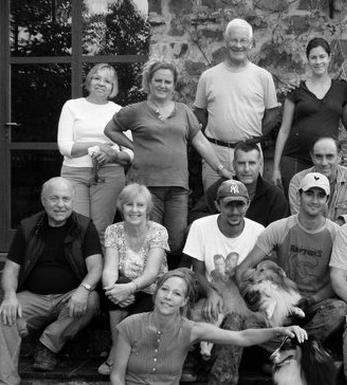
Monte Bernardi
The estate was originally purchased in 1988 by Stak & Sharon and the first wine was produced in 1992. The Schmelzer family acquired Monte Bernardi at the end of 2003 and they are now building on what Stak successfully started, investing money in both the vineyards and the winery.
The Monte Bernardi estate extends over 52 hectares (130 acres), of which 15 hectares and 5 of those hectares are old vines of 45+ years. The vineyards are situated in the hilly, southern most region of Panzano, an area that has been acknowledged as one of the Grand Cru of Chianti Classico, and is considered capable of making wines that can compete with the best in the world. The vines are planted on a soil of a high rock content mixture, which dependent on the vineyard consists of shale (Galestro), marl and limestone (Alberese).
The vineyards are perfectly situated - standing at an altitude of 350 meters above sea level, surrounded by forests and enjoying a southern exposure, with the river Pesa flowing just a few hundred meters to the south. These factors contribute to the unique micro-climate of Monte Bernardi.
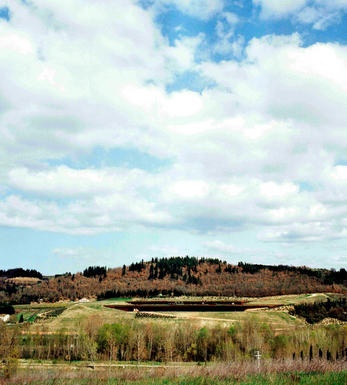
Chianti Classico
Chianti Classico is a leading Tuscan DOCG zone which covers approximately 7,000 hectares between Florence and Siena. Its vineyards stretch into the Apennine foothills at altitudes of between 150m and 500m, and encompass two distinct terroirs and styles. The sandy, alluvial soils of the lower sites yield fuller, meatier wines while the limestone and galestro rocks of the higher vineyards deliver finer, more ethereal examples.
The origins of Chianti date back to the Middle Ages, although Chianti Classico was really born in 1716 when Grand Duke Cosimo III of Tuscany classified the zone, identifying the villages of Radda, Greve, Panzano, Gaiole and Castellina as the leading sites; these same villages still represent the nucleus of the Chianti Classico DOCG today. The regulations have been revised, however, to insist that the wine is made from a minimum 80 percent Sangiovese and a maximum 20 percent Canaiolo and ameliorative grapes (ie Merlot and Cabernet Sauvignon); from the 2006 vintage, no white grapes are allowed.
Chianti Classico cannot be released until 1st October in the year following the harvest, while Chianti Classico Riserva must undergo 24 months of ageing before release, including at least three months in bottle. At the region’s top addresses, French barriques are gradually being adopted in the place of the traditional, larger slavonian botte.
Recommended Producers: Monte Bernardi, Tenuta Fontodi, Castelo di Ama, Bibbiano
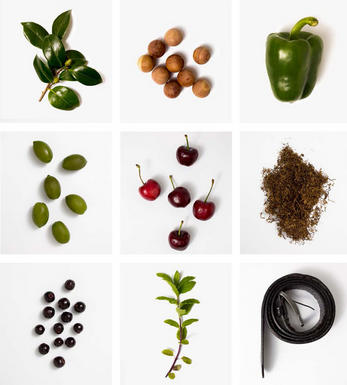
Cabernet Sauvignon
The most famous red wine grape in the world and one of the most widely planted.
It is adaptable to a wide range of soils, although it performs particularly well on well-drained, low-fertile soils. It has small, dusty, black-blue berries with thick skins that produce deeply coloured, full-bodied wines with notable tannins. Its spiritual home is the Médoc and Graves regions of Bordeaux where it thrives on the well-drained gravel-rich soils producing tannic wines with piercing blackcurrant fruits that develop complex cedarwood and cigar box nuances when fully mature.
The grape is widely planted in California where Cabernet Sauvignon based wines are distinguished by their rich mixture of cassis, mint, eucalyptus and vanilla oak. It is planted across Australia and with particular success in Coonawarra where it is suited to the famed Terra Rossa soil. In Italy barrique aged Cabernet Sauvignon is a key component in Super Tuscans such as Tignanello and Sassicaia, either on its own or as part of a blend with Sangiovese.


Buying options
Add to wishlist
Description
This wine is very intense ruby red in colour. It is fine, intense, ethereal on the nose, with fruity, ripe red fruit, sweet spices and a herbaceous note. On the palate, it is warm, full-bodied, smooth and quite fresh: well balanced with soft tannins. Intensely fruity and very persistent, it would be ideal with grilled meats and cheeses.
wine at a glance
Delivery and quality guarantee